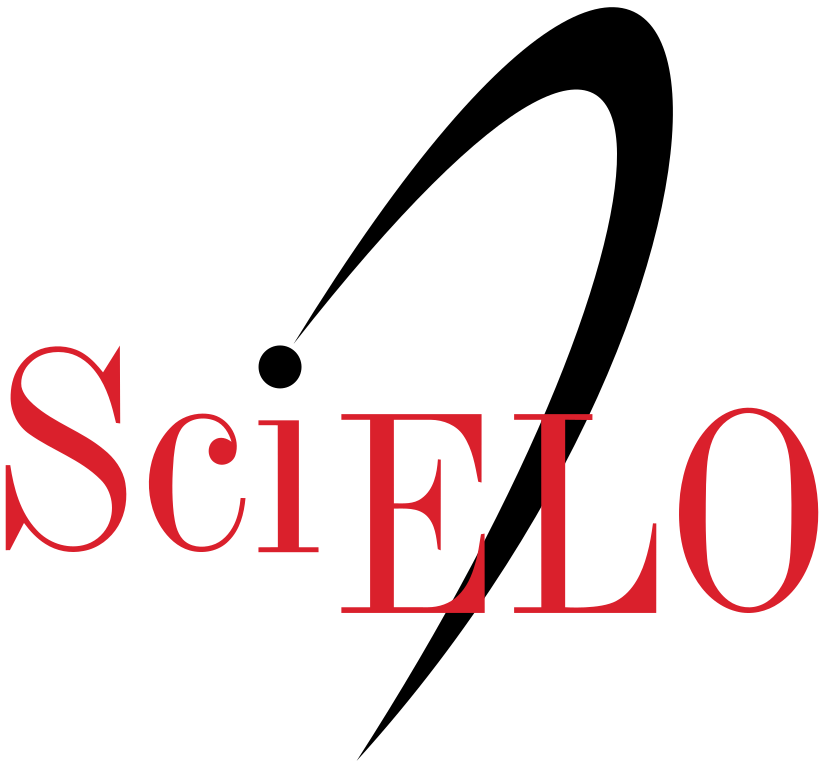Current source for embedded bioimpedance applications in a mixed signal device, PSoC 5LP
DOI:
https://doi.org/10.14482/inde.38.1.620.1Keywords:
Bioimpedance, Bipolar sinusoidal current source, Mixed signal device, PSoCAbstract
One of the main components for bioimpedance measurement are the current sources, which are designed mainly from discrete analog components. Currently, the decrease in the costs of digital systems and the high scale of integration allow us to propose embedded solutions, substantially reducing the electronic components used. This article presents the design of a bipolar sinusoidal current source for bioimpedance applications based on discrete time feedback systems, fully embedded in a mixed signal device PSoC 5LP CY8C5888AXI-LP096 from Cypress semiconductor mounted on a FreeSoC2 card from SparkFun. The proposed source regulates the peak level of the bipolar current delivered by an embedded discrete time controller, measuring the voltage present in a resistor of known value which is the only element external to the source and this series with the load impedance (Resistance Shunt), achieving working frequencies up to 120 kHz, with load resistors from 50 ? to 3 k? and currents between 500 ?A and 2 mA, maintaining a harmonic distortion close to 1% for most of the working range of the source.References
D. Bouchaala, X. Chen, Q. Shi, O. Kanoun, and N. Derbel, “Comparative study of voltage controlled current sources for biompedance measurements,” in 9th International Multi-Conference on Systems, Signals and Devices (SSD), 2012, pp. 1–6. Doi: 10.1109/SSD.2012.6198108.
G. S. Sarode, S. C. Sarode, M. Kulkarni, S. Karmarkar, and S. Patil, “Role of bioimpedance in cancer detection: A brief review,” Int. J. Dent. Sci. Res., vol. 3, no. 1, pp. 15–21, 2016. Doi: 10.1016/j.ijdsr.2015.11.003.
H. Yazdanian, M. M. Samani, and A. Mahanm, “Characteristics of the Howland current source for bioelectric impedance measurements systems,” 2013 20th Iran. Conf. Biomed. Eng. ICBME 2013, no. Icbme, pp. 189–193, 2013. Doi:10.1109/ICBME.2013.6782216
A. S. Tucker, R. M. Fox, and R. J. Sadleir, “Biocompatible, high precision, wideband, improved Howland current source with lead-lag compensation,” IEEE Trans. Biomed. Circuits Syst., vol. 7, no. 1, pp. 63–70, 2013. Doi:10.1109/TBCAS.2012.2199114
Texas Instruments and A. Report, “AN-1515 A Comprehensive Study of the Howland Current Pump,” Appl. Note, vol. SMPA474A, no. April, pp. 1–17, 2013.
D. Bouchaala, O. Kanoun, and N. Derbel, “High accurate and wideband current excitation for bioimpedance health monitoring systems,” Measurement, vol. 79, pp. 339–348, 2016. Doi: 10.1016/j.measurement.2015.07.054
P. Bertemes Filho, “Tissue characterisation using an impedance spectrosopy probe,” University of Sheffield, 2002.
A. A. Obaidi, and M. Meribout, “A New Enhanced Howland Voltage Controlled Current Source Cicrcuit for EIT Applications” Proc. IEEE GCC Conference and Exhibition, Feb. pp. 327–330, 2011. Doi: 10.1109/IEEEGCC.2011.5752526
Z. Hamed, H. Tenhunen, and G. Yang, “A programmable low power current source for bioimpedance measurement: Towards a wearable personalized health assistant,” Proc. Annu. Int. Conf. IEEE Eng. Med. Biol. Soc. EMBS, vol. 2015–Nov., pp. 2038–2042, 2015. Doi: 10.1109/IEEEGCC.2011.5752526
N. Li, H. Xu, W. Wang, and W. Zhang, “High-speed digital-controlled variable voltage source with current monitor for EIT application,” Proc. - 2011 4th Int. Conf. Biomed. Eng. Informatics, BMEI 2011, vol. 2, pp. 1110–1113, 2011. Doi:10.1109/BMEI.2011.6098395
N. Li, J. Guo, H. S. Nie, W. Yi, H. J. Liu, and H. Xu, “Design of Embedded Bio-Impedance Analyzer Based on Digital Auto Balancing Bridge Method,” Appl. Mech. Mater., vol. 135–136, pp. 396–401, 2011. Doi: 10.4028/www.scientific.net/AMM.135-136.396
N. Li, H. Xu, W. Wang, Z. Zhou, G. Qiao, and D. D. U. Li, “A high-speed bioelectrical impedance spectroscopy system based on the digital auto-balancing bridge method,” Meas. Sci. Technol., vol. 24, no. 6, 2013. Doi: 10.1088/0957-0233/24/6/065701
N. Li, W. Wang, H. Xu, H. Yu, J. Diao, and D. D.-U. Li, “Wide-Bandwidth Biological Impedance Spectroscopy System Based on the Digital Lock-In Technique,” Spectrosc. Lett., vol. 46, no. 7, pp. 476–482, 2013. Doi:10.1080/00387010.2012.705801
S. Khan, P. Manwaring, A. Borsic, and R. Halter, “FPGA-based voltage and current dual drive system for high frame rate electrical impedance tomography,” IEEE Trans. Med. Imaging, vol. 34, no. 4, pp. 888–901, 2015. Doi:10.1109/TMI.2014.2367315
J. J. Cabrera-Lopez, J. Velasco-Medina, E. R. Denis, J. F. B. Calderon, and O. J. G. Guevara, “Bioimpedance measurement using mixed-signal embedded system,” LASCAS 2016 - 7th IEEE Lat. Am. Symp. Circuits Syst. R9 IEEE CASS Flagsh. Conf., pp. 335–338, 2016. Doi: 10.1109/LASCAS.2016.7451078









